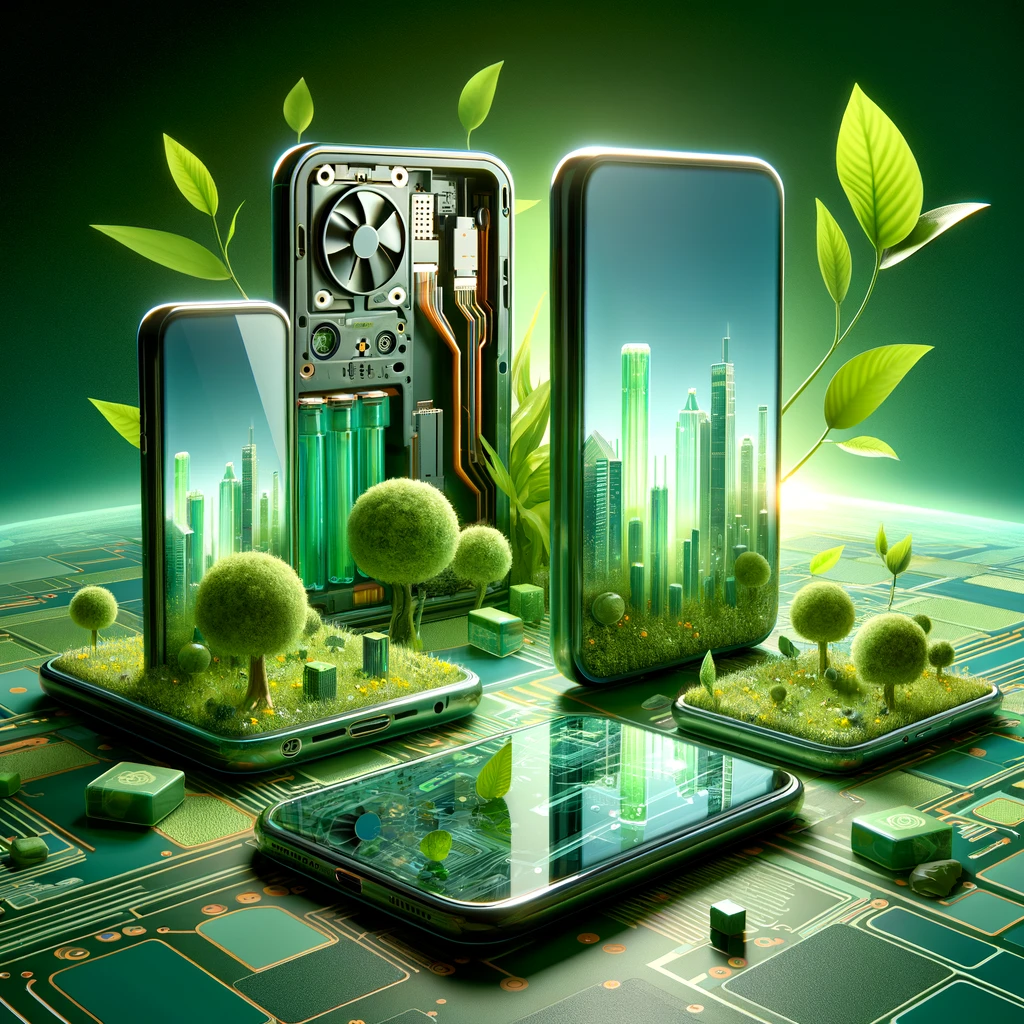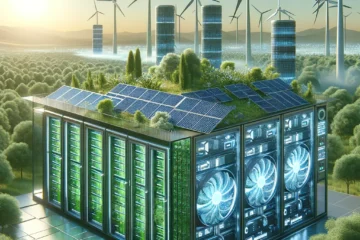In an era where technological advancements are increasingly intertwined with concerns about environmental sustainability, the emergence of biodegradable devices marks a significant step towards an eco-friendlier world. As the global appetite for electronics continues to surge, the spotlight has turned to the environmental impact of these gadgets. Biodegradable technology presents an innovative solution, providing a path for reducing electronic waste and its associated hazards. This article delves into the world of biodegradable devices, exploring the materials and mechanisms that define them, the growing consumer demand, and the challenges that lie ahead in the quest for a greener future in technology.
Understanding Biodegradable Tech
Biodegradable technology encompasses devices and components that are designed to break down naturally into non-toxic substances after their functional lifespan. Unlike traditional electronics, which persist in landfills for centuries, biodegradable tech aims to minimize the ecological footprint by using materials that can decompose under specific conditions. This type of technology often relies on organic materials or polymers that can be broken down by microorganisms, heat, or moisture, ensuring that they return to the earth without leaving harmful residues behind.
The concept of biodegradability in tech is not just limited to the materials used; it also pertains to the design of the products. Engineers and designers are tasked with creating devices that are easily disassembled, allowing for components to be separated and properly disposed of. This holistic approach ensures that every step of the product’s life is considered, from manufacturing to disposal, making it a truly sustainable option for the environmentally conscious consumer.
The Demand for Green Gadgets
Consumer awareness regarding the environmental impact of their purchase decisions has never been higher. With an increased understanding of sustainability issues, there is a growing demand for green gadgets that align with eco-friendly lifestyles. People are actively seeking out products that offer both functionality and a reduced carbon footprint, prompting manufacturers to invest in the development of biodegradable electronics.
As the push for corporate social responsibility intensifies, companies are also recognizing the marketing value of eco-friendly products. Biodegradable devices serve not only to satisfy consumer demand but also to enhance brand reputation and potentially capture a new segment of the market. This shift in consumer expectations is driving innovation in the tech industry, with a clear focus on developing products that can boast a smaller environmental impact.
Innovations in Bio-Based Materials
The advancements in bio-based materials are pivotal to the rise of biodegradable devices. Researchers have been exploring various natural and synthetic compounds that can replace conventional plastics and metals typically used in electronics. For instance, polylactic acid (PLA) is a popular bioplastic derived from renewable resources like corn starch or sugarcane, which can be used for casings and other components.
Another promising area of development is the use of mycelium, the root structure of mushrooms, which can be grown into specific shapes and are fully compostable. Mycelium-based materials offer a significant reduction in manufacturing waste and energy consumption. Incorporating such innovative materials into electronic products paves the way for devices that can easily return to the earth after their useful life, without contributing to pollution or waste.
Lifecycle of Biodegradable Devices
The lifecycle of biodegradable devices is designed with the end in mind. From the moment they are conceived, these products are meant to navigate through their usage phase efficiently and then degrade without leaving a lasting environmental impact. The process begins with sourcing renewable or recycled materials, followed by a production phase that seeks to minimize energy usage and waste generation.
At the consumer level, biodegradable devices function much like their non-biodegradable counterparts, but with the added benefit of being disposed of in an eco-friendlier manner. Once they reach the end of their lifespan, they can be broken down through industrial composting facilities or natural processes. However, it is crucial that these devices are discarded correctly to ensure that they decompose as intended, highlighting the need for consumer education and appropriate waste management systems.
Challenges in Biodegradable Tech
Despite the clear environmental benefits, biodegradable tech faces several challenges. One of the main concerns is the durability and performance of bio-based materials compared to traditional materials. Biodegradable components may not yet offer the same level of robustness or longevity, potentially affecting the user experience and leading to a faster replacement cycle, which could negate some of the environmental benefits.
Additionally, there is the issue of cost. Currently, biodegradable materials can be more expensive to produce, resulting in higher prices for the end products. This can limit their widespread adoption, particularly in markets where cost is a major determining factor for consumers. Moreover, the lack of standardized regulations for what constitutes a “biodegradable” device complicates the landscape, potentially leading to greenwashing and consumer mistrust.
The Future of Eco-Friendly Tech
The future of eco-friendly tech looks promising, with continuous innovations and an increasing commitment from both consumers and manufacturers. As technology progresses, biodegradable materials are expected to improve in both performance and cost-effectiveness, making them more accessible to a broader audience. In parallel, regulatory frameworks are likely to evolve, setting clearer guidelines and standards for biodegradable electronics.
In the long term, the integration of biodegradable tech into mainstream markets could revolutionize the way we perceive and utilize electronics. With a circular economy model, where products are designed for a regenerative lifecycle, the tech industry has the potential to drastically reduce its environmental impact. The rise of biodegradable devices is more than a trend; it’s a necessary transition towards a more sustainable future, where technology and ecology coexist in harmony.
The ascent of biodegradable devices in the tech industry marks a turning point in how we approach innovation and environmental responsibility. Understanding and embracing this shift is crucial for a sustainable future, both for the planet and the tech sector. While challenges remain, the path forward is bright with the promise of new materials and smarter designs that cater to the eco-conscious consumer. As society continues to press for greener solutions, the rise of biodegradable tech is poised to transform our electronic landscape, turning the devices of today into the compost of tomorrow.




